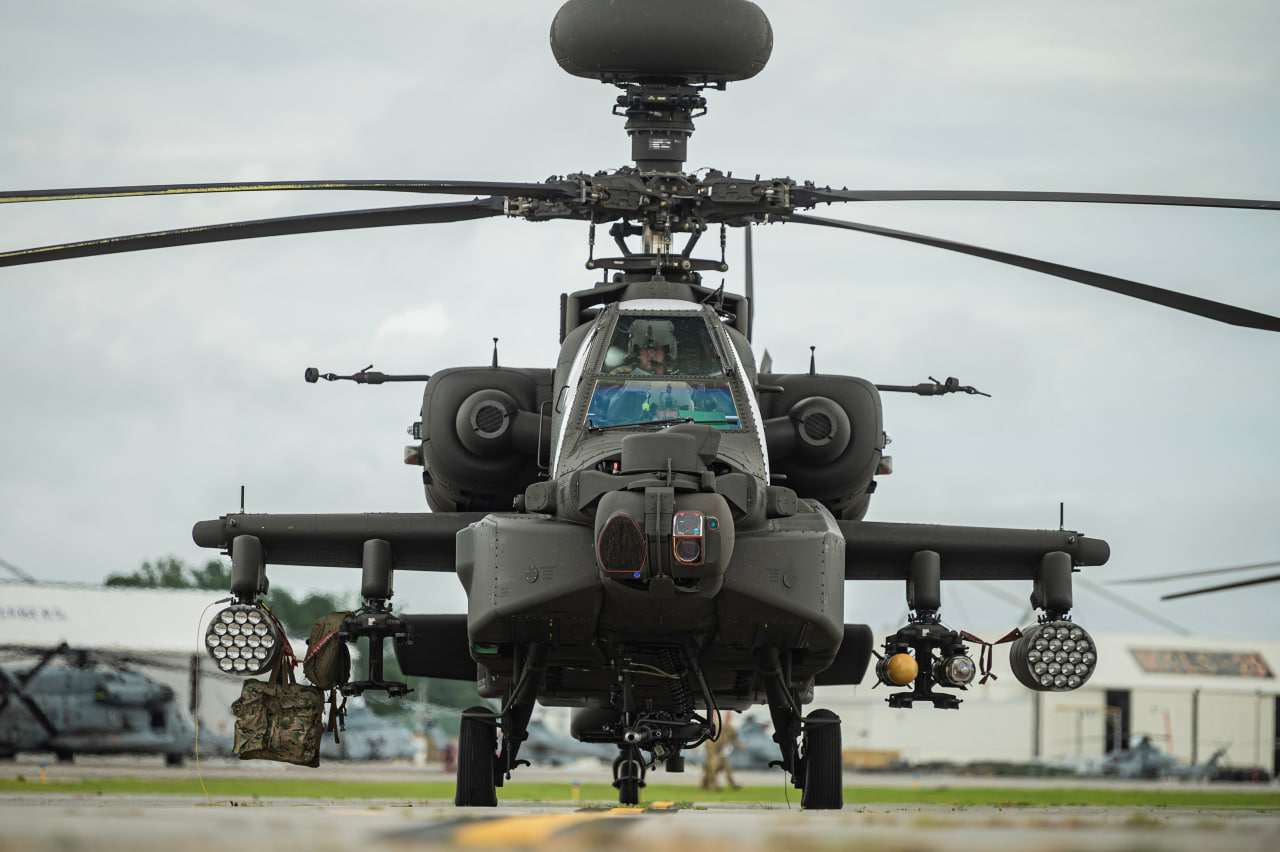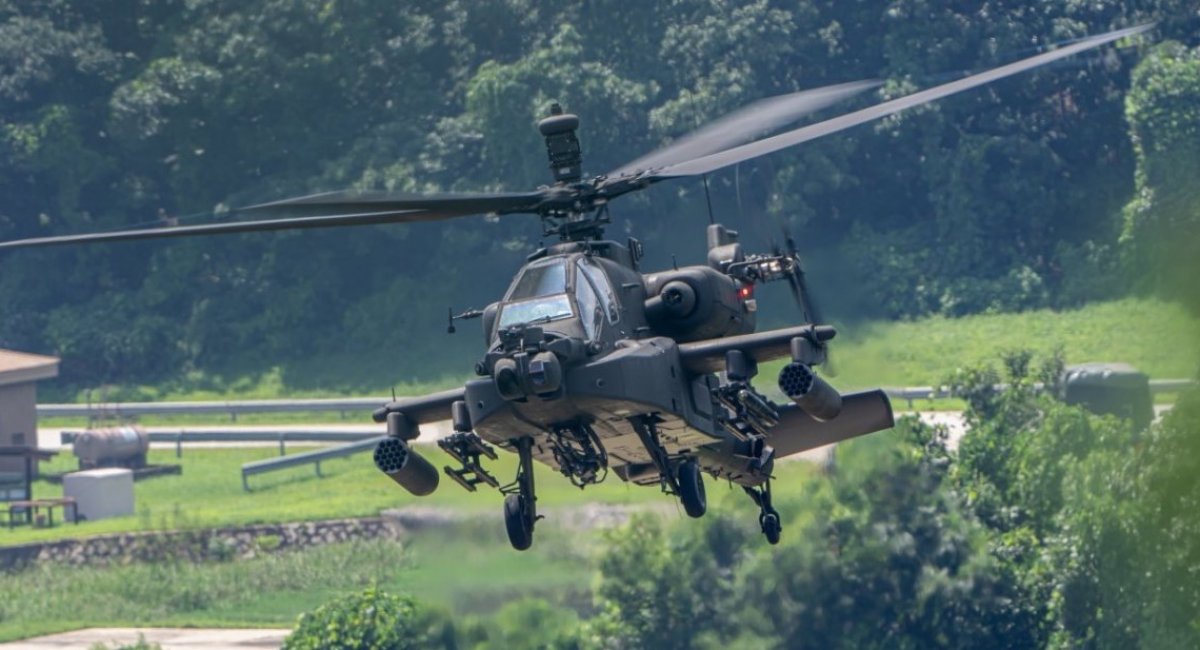The U.S. Army plans to gradually retire part of its newest AH-64E Apache attack helicopters, following this year’s earlier decision to decommission all older AH-64D models.
According to Aviation Week, budget documents show that by 2026 the number of active AH-64E helicopters will drop from 408 to 240. However, they will not be scrapped instead, they'll be transferred to the National Guard, where they will continue service.
Read more: France Warns: Bureaucracy on Rails Delays Arms Shipments

These changes will also trigger administrative restructuring, including the disbandment of 11 active air cavalry squadrons and two reserve expeditionary combat aviation brigades. In total, around 6,500 positions are set to be reduced in 2026–2027.
From a Defense Express perspective, this decision is not surprising, given how costly and increasingly vulnerable attack helicopters have become on today's drone-dominated battlefield. The concern isn't only the high price of the aircraft but also the expense of their armaments and maintenance.

Theres also the issue of vulnerability to UAVs as demonstrated recently when a russian Mi-8 was shot down. Although taking down such helicopters still requires skill and coordination, the growing availability of precision weapons makes their survivability uncertain.
On the other hand, helicopters remain useful for missions with lower risk, where a fast and mobile combat platform is essential particularly in expeditionary operations, which are crucial for a geographically distant power like the U.S.

Another potential role is counter-drone warfare, a tactic increasingly used by both Ukraine and russia. This includes both airborne and naval variants, which have seen rapid development recently.
Overall, the cuts extend beyond the Apache fleet. The UH-60 Black Hawk program will see the older UH-60L reduced from 162 to just 4 active units, while the newer UH-60M fleet will grow from 338 to 393. The CH-47F Chinook numbers will also rise, from 156 to 172 aircraft.
Read more: F-35 Engine Deliveries Stall as New Contract Faces Delays Of Up to 6 Months














